The people of Madagascar and their language
The island of Madagascar existed for many millions of years completely isolated from the mainland. At the time when Madagascar separated from the great Supercontinent Gondwana separated, there were no humans on our earth yet. Therefore Madagascar as an island was Millions of years long populated only by animals and plants, which have developed completely independently and autonomously from the rest of the world. Predators have always been very few on Madagascar, which is why the animals living there knew no fear and hardly any restrictions in their rhythm of life.
It was not until humans first set foot on Madagascar in the long term about 2,000 years ago that this began to change. Researchers assume that the first people on Madagascar probably came from the area of Indonesia, Malaysia and Polynesia. They further assume that the people crossed to the island with outrigger canoes and there presumably first of all relatively astonished about the extraordinary and amazing biodiversity were on the island. Quickly, however, they seemed to acclimatize and colonized different parts of the island. For the animals and plants living there, this was not necessarily a lucky day, because within 1,000 years, the hunters on Madagascar made it to at least two dozen different species of animals completely wiped out. And this information is only an estimate, because it is potentially possible that many more species have been wiped out, of which only no traces can be found. In the section on nature conservation in Madagascar you can find a lot more information on this topic.
Diversity and tolerance among the population in Madagascar
Little by little, more and more different people from different parts of this world came to Madagascar. They came from Africa, India, Arab countries and later also from European areas. Many of today's indigenous peoples and tribes have preserved their distinct cultures, rituals and customs to this day. Particularly noteworthy, however, is the fact that the different population groups despite their differences on Madagascar can live quite peacefully and almost symbiotically with each other. Especially the common language, has probably contributed a great deal to this. If you have a Madagascar vacation then you too can be welcomed by the impressive tolerance that reigns on this island. During a Journey through Madagascar you will encounter people with the most diverse roots and cultural backgrounds, who present themselves as open, fun-loving and friendly. It is precisely for this reason that the following 18 different tribeswho live in Madagascar, will be briefly introduced. As a small hint to this: If you have your Madagascar vacation spend, you should never ask a person about their tribal affiliation, as this is considered rude. With further Questions about the language or the population Madagascar, feel free to contact us with confidence.
The Antaifasy - "Those who live with many prohibitions".
The name of this very small tribe, which is only slightly more than one percent of the Malagasy population already leaves a good impression of what is formative: among the Antaifasy, there are very many prohibitions, which are referred to as "fady". For example, the Antaifasy are not allowed to have money. From where exactly this tribe, which is currently only three clans on the southern east coast at Farafangana, can no longer be reconstructed exactly. However, researchers assume that the Ancestors of the Antaifasy may have once come to Madagascar from India.
The Antaimoro - "The ones from the coast".
The Antaimoro live primarily in the region of Manakara on the east coast of Madagascar. The ancestors of these inhabitants of Madagascar are likely to have come primarily from the Arab countries, for the Antaimoro are Muslims and additionally practice various other customs that may have originated in Arab countries. The Antaimoro have comprehensive astrology knowledge and have therefore gained widespread respect among other inhabitants of Madagascar. Furthermore, the Antaimoro are considered the first tribe in Madagascar to have a own writing has developed. The Antaimoro also invented a certain type of paper that is still produced today.
The Antambahoaka - "Those descended from Rabevahoaka".
The Antambahoaka also seem to Ancestors in Arab countries They have integrated well-known rituals from there into their lives in Madagascar. This includes for example the Circumcision ritewhich the Antambahoaka still practice today. The Antambahoaka live mainly on the east coast of Madagascar and are most likely to be encountered in the Mananjary area. Another Feature the Antambahoaka is that there the twins are taboo, in Malagasy "Fady Kambana" called.
The Antandroy - "The Thorn People"
The Antandroy is a People of semi-nomads, which is native mainly to the thorny and very dry steppes of the south. The Antandroy are primarily known as a cattle breeder and struggle to make a living in the barren and hot regions of the island. But not only the will to stay in these inhospitable areas has made the Antandroy so well known on Madagascar. The members of this tribe are characterized above all by their Daring from. Many members of other tribes also talk about the fact that the Antandroy magical powers would possess. The special daring, which appears above all with the men of this people, is shown among other things by the fact that the Antandroy are not afraid to leave their houses also at night. The origin of the Antandroy has not yet been clearly proven by researchers.
The Antankarana - "Those from the Rock"
The Antankarana are mainly in the north of Madagascar, can be found in the Tsaratsanana Mountains. There lives this rather small tribe, which consists mainly of Shepherds and farmers exists. Nowadays, the Antankarana are mainly known for their partly somewhat alienating rituals and religious customs known. Among the Antankarana, Islam dominates, but is mixed with traits of animistic cults. Researchers assume that the Antankarana once belonged to the Sakalava and then split off from them over the years
The Antanosy - "The ones from the island".
The Antanosy are a rather wealthy tribewhich is mainly found in the area around Taolanaro. The Antanosy live primarily as a Cattle breeders and Rice farmers, but make up only about two percent of Madagascar's total population. If you visit the Antanosy on a Journey through Madagascar you will find that this tribe has more than one Extensive knowledge in medicine as well as in astrology. In combination with the cultivation of many Islamic rites, which are still performed among Antanosy today, researchers assume that this tribe has its Roots in the Arab world has.
The Antehiroka-"the historical population group".
This ethnic small group thus supposedly descended from the historical aborigines of the highlands.The Antehiroka descend from the King Andriandruka and they later submitted to the Merina dominance. The origin of the Antehiroke is situated north of Antananarivo. They are no longer considered an independent population group, although even today some Merina groups associate themselves with their ancestors, the Antehiroka.
The Bara-"the half nomands of the savannah"
The Bara tribe is a rather small population group on Madagascar, which is mainly in the region of the southern highlands around Ihosy, the historical capital of their tribe. Researchers now believe that in all likelihood the Bara were from the African Bantu descended from the Bantu. This genetic or cultural connection is mainly attributed to the fact that the Bara, just like the Bantu the zebu worship. Such worship is not found in any other ethnic group. The Bara are not so much a peaceful people, but rather a population group that knows how to offend other groups. Thus, the individual clans of this people are partly at enmity with each other to the blood, the magic arts are feared by other ethnic groups and especially the traditional ritual of cattle rustlingwhich is carried out among the Bara, makes this tribe appear very unsympathetic to other population groups. But of course there is also something very positive to say in connection with the Bara: Many famous singers of Madagascar are descended from this tribe and some of them have even achieved international success.
The Betsileo - "Too numerous to be defeated".
In the case of the Betsileo it is the second largest indigenous tribe Madagascar. Around twelve percent of the total Malagasy population belongs to the Betsileo tribe, which is primarily in the central highlands lives. The origin of the Betsileo is clear to most people because of their appearance, because they seem to be like the Merina from Indonesian-Malay territories to originate. The Betsileo are a very harmonious people, which is famous for many facets. Thus they are considered excellent wine growers and artisansThey are also known for their music and especially for rice cultivation. In general, the Betsileo are considered the founders of the terrace culture for rice cultivation in Madagascar.
The Betsimisaraka - "Many who never part".
The Betsimisaraka form the fourth largest tribe on the island and if you have your Madagascar vacation and also take a trip to the east coast, you can almost be sure that you will surely meet at least one member of this tribe there. The Betsimisaraka are a very proud people, whose religious culture is primarily animistic rites is characterized. Already with the Merina the Betsimisaraka delivered themselves long and intensive fights, which you during the colonization by the French continued. In fact, the Betsimisaraka are actually composed of four different tribes, which are still known today under the name of Ratsimilaho are known.
The Bezanozano - "Who make themselves many braids".
The name of the Bezanozano already reveals that this tribe attaches great importance to their own hair and knows how to embellish it appropriately. The Bezanozano live near Moramanga and in earlier times were often used as Load carrier or possibly also known as carters. The religious rites of the Bezanozano are sometimes somewhat unusual by Western standards, but this rather large tribe has adhered to them for centuries.
The Mahafaly - "The Untouchables"
The Mahafaly are a very small tribe, which is primarily tothe Southwest coast of Madagascar is home to the Mahafaly. The Mahafaly seek primarily as Shepherds and farmers their livelihood, but are also known for their artistic streak. On a Journey through Madagascar it is worth one of their elaborately designed tombs to visit, which are provided with a carved sculpture. The mohair carpets of the Mahafaly are also worth a look because they are particularly fine and elaborately made.
The Merina - "The one from the highlands".
The Merina are not only the best known ethnic group in Madagascar, but also represent the largest part of the population. Around 26 percent of the people on Madagascar can be assigned to the Merina. Their indigenous language shows very clearly that the ancestors of the Merina originally came from the Asian region. The Merina are primarily known as Rice farmers known and have a Internal monarchy and an exceedingly complicated caste systemthat structures their social life. The Merina also practice a so-called Syncretismwhich is composed of Christianity and animism. The Merina are particularly well known in Madagascar because they took control of and ruled over large parts of the island in the late 18th century. At that time, Madagascar was a kingdom ruled by the Merina kings. Only the French were able to end this rule.
The Mikea-the legendary original population
The Mikea are a very small people, who have been near the lake Ihotry is resident. The Mikea are a Waldvolkwhich has so far only been rudimentarily explored. The fruits of the forest form the basis of the Mikea's diet, active agriculture on cleared arable land is not practiced by the Mikea, as they rather live in a Symbiosis with the forest live. The Mikea claim to be descended from the legendary Vazimba!
The Sakalava - "Those from the Long Valley
The Sakalava form one of the larger tribes in Madagascar and live on the west coast of the country. The Sakalava inspire by a very independent and extremely versatile culturewhich they probably originally brought with them to Madagascar from the African continent. Characteristic for the Sakalava are among other things the erotic motifs on her grave sculptures and also the trance-like states that are part of some religious rites. The Sakalava are, similar to the Merina, a so-called King Peopleand once ruled over two individual kingdoms on Madagascar. The veneration of the king's relics is still very important to the Sakalava today, which is why there are many rituals that deal with these relics.
The Sihanaka - "The One from the Lake
The name of the Sihanaka is significant, because this small tribe lives in the</strong Near Alaotra Lakewhich is the largest inland body of water in Madagascar. Little is known about the Sihanaka, presumably they are a tribe that has evolved over time. from various other groups has composed. They are probably a tribe formed from scattered Merina and Betsimisaraka. The Sihanaka live primarily from the Rice farming and therefore enjoy a relatively lucrative life.
The Tanala - "Those Who Dwell in the Woods"
The Tanala live on the east coast of Madagascar and are also one of the rather smaller tribes. The Tanala are also probably composed of various smaller groups and numerous individuals. In Madagascar, the Tanala are considered to be regular refugees who have migrated via great knowledge in the art of healing and live primarily from honey collection. The Tanala, on the other hand, are somewhat feared because of their Travelling field construction, which is accompanied by slash-and-burn agriculture that is very harmful to the environment.
The Tsihimety - "Who never cut their hair".
The Tsihimety tribe lives in the northwest of Madagascar. The name of this people goes back to a very memorable Custom of Tsihimety back: When a loved one dies, his or her family members let grow hair for several years, to commemorate the death of man. Farming is for the Tsihimety today the main source of income, with cotton and tobacco also being among the crops grown. They are at home in the central region of the Northern Province.
The Vezo - "The Sea Nomads
The Vezo live primarily From fishing and are probably originally descended from the Sakalava. The Vezo are one of the few peoples of Madagascar, who have actively focused on the sea and this also in numerous customs and rites. In addition, the Vezo No circumcision carried out, which is a real exception for the tribes in Madagascar. Vezo live in the region between Tulear and Morondava and are the only ethnic group in Madagascar with a pronounced affinity for the sea, which is also expressed in their rites and religion. They are the only people in Madagascar who do not practice circumcision.
The Zafimaniry - "Children of the Wishers".
The rather small tribe of the Zafimaniry (about 20000 people) is about real artists. These from the Betsileo descended people live in the area of Ambositra and are responsible for their Wood carvings known. A few years ago, these even became the UNESCO World Heritage Site appointed and can, on request, become an important part of your personal Trip to Madagascar be
Non-indigenous people in Madagascar
Of course, Madagascar is by no means exclusively inhabited by the so-called indigenous ethnic groups. In addition to the various tribes that began settling in Madagascar several hundred years ago and have been at home there ever since with their independent cultures, Madagascar is also home to various other ethnic groups and nationalities. This includes for example the Comoros, a very wealthy ethnic group found primarily in the north of the country. The Comoros earn their money mainly as Merchants and homeowners or landlords and therefore tend to belong to the upper classes in Madagascar. This causes unmistakable envy among many other groupings in Madagascar, which is why the Comoran people in the recent history of the country Victims of various assaults have become. The Karana and the Bamian's are priority Immigrants from India or Pakistanwho are active in the textile trade and the gemstone trade. The immigrant Chinese, in turn, are playing an ever-increasing role in Madagascar's economy as they increasingly dominate the large plantation business and are responsible for import and export. Also worth mentioning are the French in Madagascar. As a former colonial power, they play an important role today not only in the tourism sector - many French people stayed in Madagascar back then and have assimilated very well today. Even the members of the French Foreign Legion like to choose Madagascar today as their retirement home, which in turn is a great advantage for the great peacefulness and the unconditional tolerance of the Malagasy people. For this and many other reasons, you too should meet these warm-hearted and versatile people on a Journey through Madagascar absolutely get to know. We will be happy to provide you with a Madagascar vacation together in such a way that the cultural aspects are the focus of the trip. For this you only have to browse through our travel offer and contact us.
The language in Madagascar
In view of the fact that Madagascar has so many different and sometimes very scattered Tribes with different roots, cultures and social structures, most people are likely to be clearly astonished at first when they hear about common language be united. The talk here is of Malagasywhich is also the first official language in Madagascar, along with French. Malagasy is one of the austronesian languagewhose closest linguistic relative is found on the island of Borneo. Thus, Malagasy can be considered an exceedingly extraordinary language be classified, because Borneo is about 7,000 kilometers away from Madagascar. On the other hand, the language of Madagascar gives information about the colonization process of the island. Presumably the Settlers from Southeast Asia arrived on the island of Madagascar sometime between the fifth and eighth centuries AD. The Merina in particular are credited with the Distribution of the Malagasy language attributed today. Malagasy is accordingly a common cultural asset that unites all tribes and ethnic groups on Madagascar. Nevertheless, no one should assume that the language sounds the same everywhere on the island. In fact, there are countless dialectswhich sometimes make communication difficult even for people who actually understand Malagasy. The language is coined by various loanwords from the Arab region, the Bantu languages from the African continent as well as French and English loan words. Above all, the influence of the former French colonial power can be felt on the linguistic level in many places in Madagascar today. The structure of the Malagasy language is much more reduced compared to German. There are in the alphabet only 21 lettersThere is no distinction between definite and indefinite articles and no genus. Furthermore, the plural in Malagasy is not encoded, but always results from the context. Madagascar is a agglutinative languageThis is because different grammatical categories can be attached to a verb, for example. What proves to be complicated in this context is that the Written language differs significantly from spoken Malagasy, as unstressed vowels in particular are often omitted. Besides Malagsy and French, the English language is becoming increasingly popular in Madagascar. In fact, numerous efforts have been made in recent years to teach children English while they are still at school. This is not only to be done in Tourism sector The results are not only far-reaching, but can also be helpful in the general economic sphere. In fact, however, it is above all many of the indigenous tribes not even French, but exclusively their Malagasy language speak. Therefore, it can sometimes be a bit difficult for tourists to find an interpreter or guide for the national parks with whom they can communicate. For your Trip to Madagascar you should therefore trust in our comprehensive service. We work exclusively with local guides who are at least proficient in the English language and can therefore offer you a comprehensive service in terms of linguistic comprehension. Maximum comfort offer. Accordingly, if you are soon to make your Honeymoon in Madagascar plan or simply enjoy an extraordinary Madagascar vacation you should not hesitate to contact us.

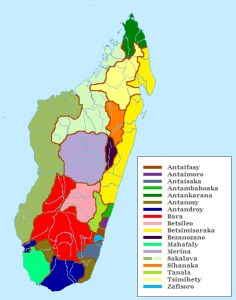
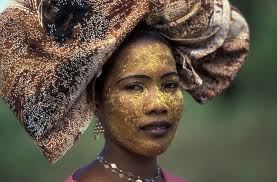
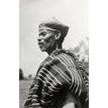
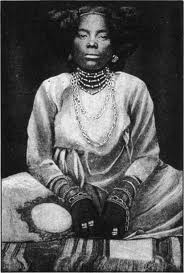
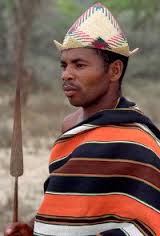
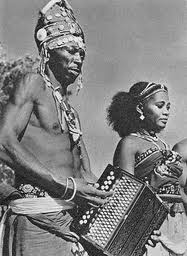
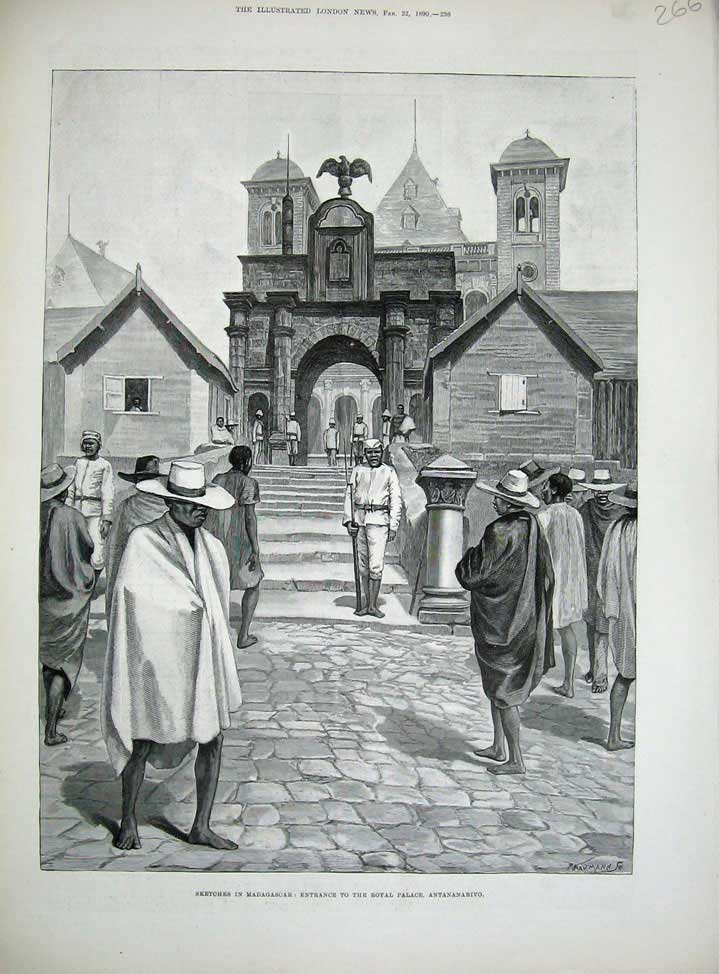
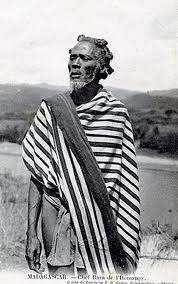
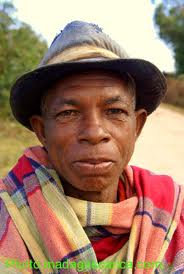
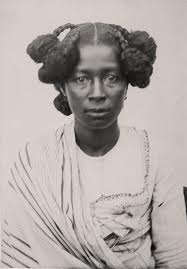
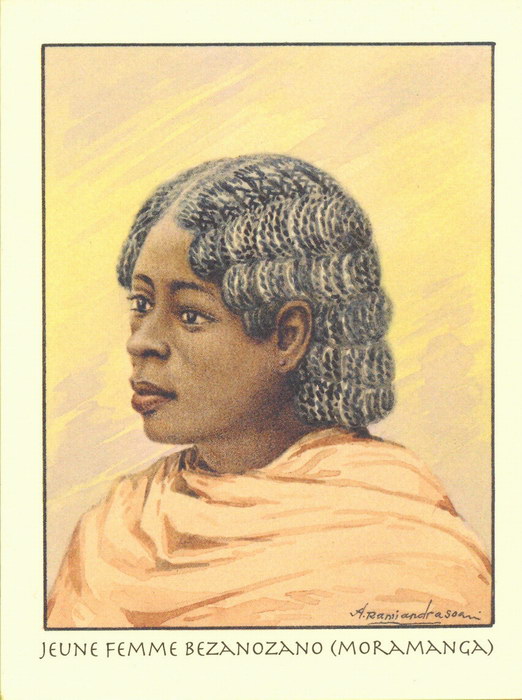
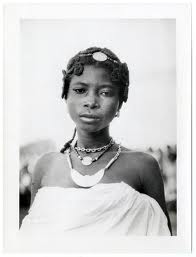
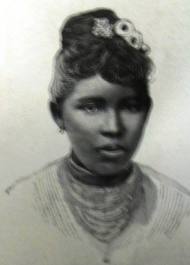
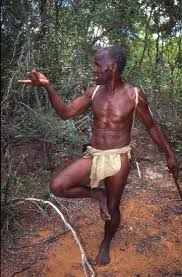
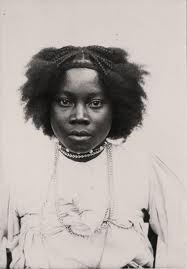
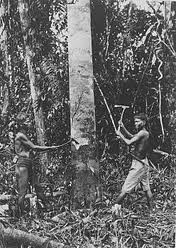
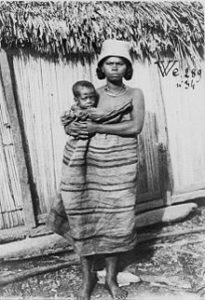
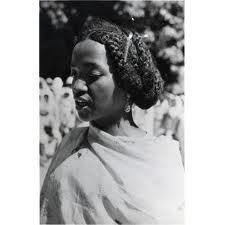
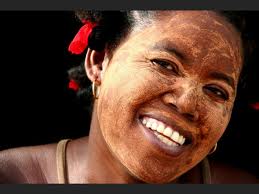
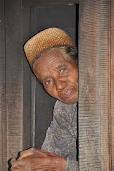

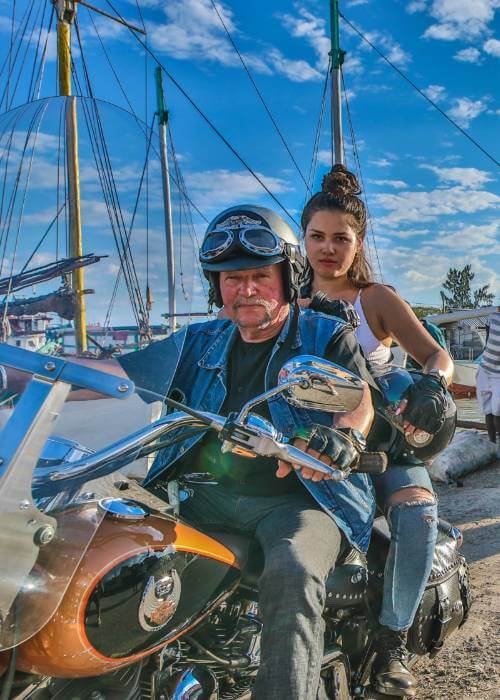
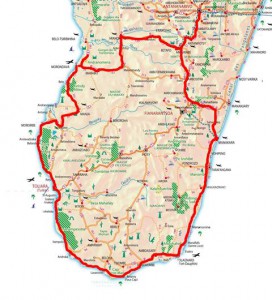
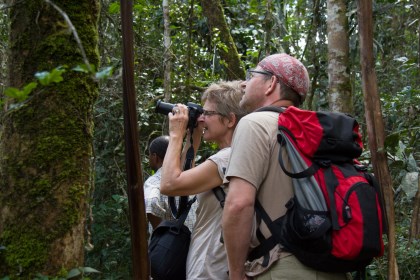
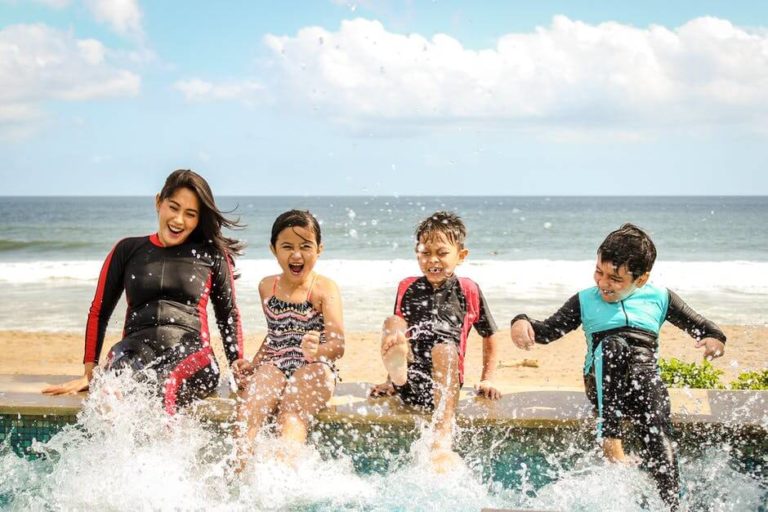
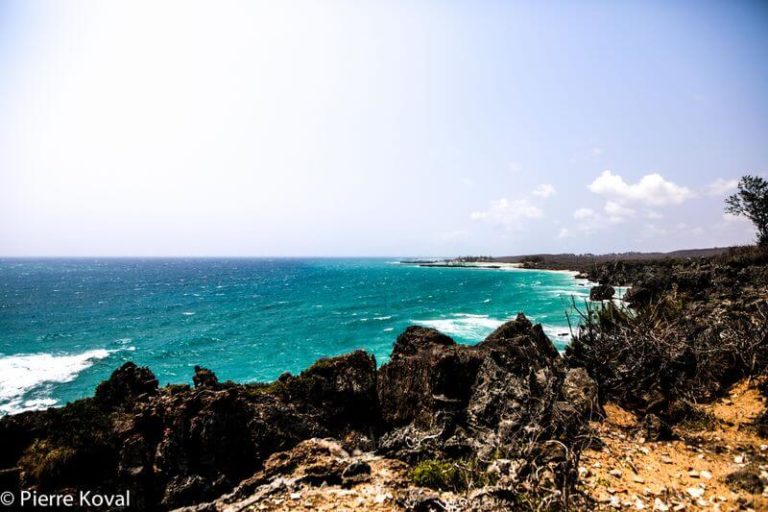
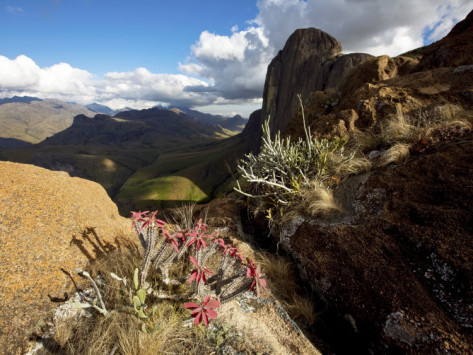




 Villa Sibylle Antananarivo (Madagascar)
Villa Sibylle Antananarivo (Madagascar)

